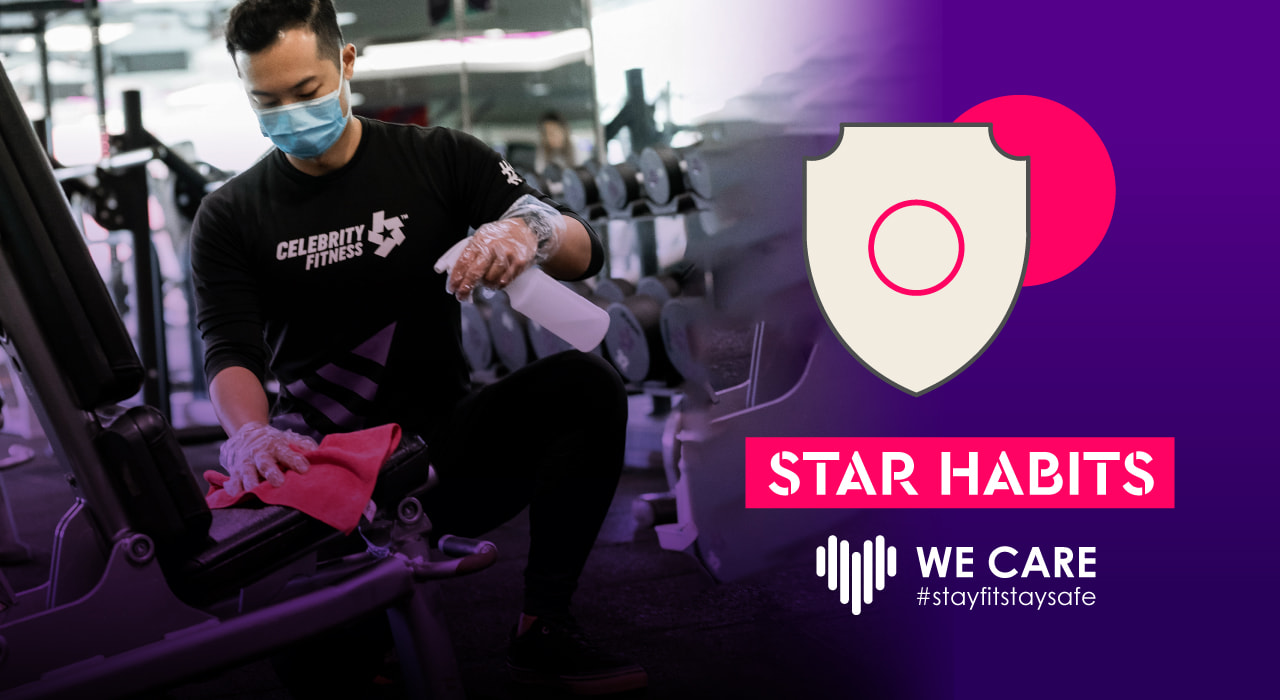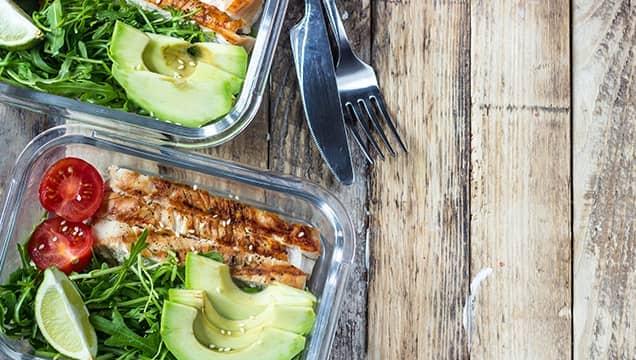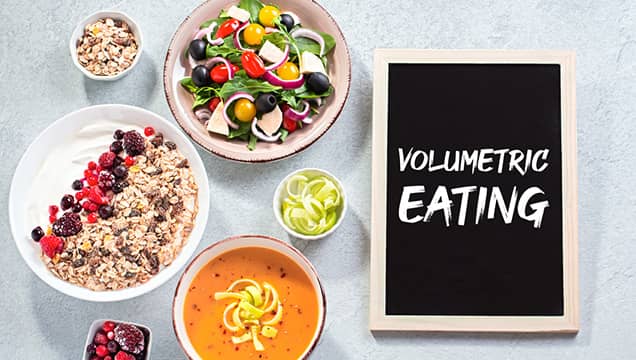Manage your weight by managing your daily calories
Calorie in, calorie out. That’s the basic tenet to know if #weightloss is your goal. The math is straightforward: Use up more calories than you consume to be in a state of calorie deficit and your body will burn fat. To maintain your current weight, balance up both numbers.
So how much calories should you eat to achieve either? This differs from person to person, depending on your age, sex, metabolism, activity level, and body size. Use a calorie calculator to work this out. On average, women need 2,000 calories daily whereas for men, it’s 2,500 calories. Cutting 500 calories per day will help you lose 1 pound per week, which experts agree is a healthy and sustainable pace.
The next question is, how do you spread out the calories over your daily meals?
When, What, How
Start by determining how many meals you typically eat in a day. That’s usually three square meals plus a couple of snack breaks in between. If you’re not looking to shed pounds, you can simply divide your daily calories equally among the main meals and leave a small portion for snacks.
Those with weight loss goals should aim for a hearty start to the day. Studies have shown that we digest what we eat more quickly – thus minimising fat storage – in the morning compared to night. Additionally, eating breakfast kickstarts your metabolism, helping you burn more calories throughout the day. You’ll get even better results if you eat a protein-rich breakfast.
Dinner, on the other hand, should be kept light. This will help you fall asleep more easily and facilitate better bowel movement the next day, both of which contribute to more effective weight loss. That also means that lunch should be your heaviest meal of the day.
Your calorie counter should therefore look something like this:
30% for breakfast
40% for lunch
20% for dinner
10% for snacks
Not All Calories Are The Same
Deciding what food to spend your calories on is not just a numbers game, the type of calories you choose is just as important. Fibre and protein are your best friends when it comes to trimming the fat, so load your plate with foods that are rich in both. Focus on whole foods, fresh fruits, green leafy vegetables, lean proteins, healthy fats, seeds and nuts. Avoid or at least minimise refined sugar, refined grains, alcohol, baked and fried foods.
Meal Planning Made Easy
At wit’s end as to how to plan your meals? We hear you! Here’s a quick calorie guide featuring Asian and Western options to help you.
*Based on 1,500 calories per day and the breakdown mentioned above
Breakfast (400-450 calories)
Poached eggs, smashed avocado and tomatoes on sourdough
Shashouka (2 eggs)
Grain-free blueberry banana pancakes
Broccoli and courgette fritters)
2-egg omelette with spinach/kale, mushrooms and onions
Savoury chickpea flour waffles
Lunch (500-600 calories)
Chicken and cucumber lettuce wraps with peanut sauce
10 sticks of chicken satay with ½ cup of peanut sauce
Pad Thai with extra vegetables
Bihun soto (Malay-style rice vermicelli in soup)
Dinner (300-400 calories)
Stir-fried soy sauce beef with capsicum, tomatoes and onions
Chinese-style steamed fish with ginger and scallions
Sweet and spicy stirfried chicken and broccoli
Vietnamese beef pho
Gado-gado (Indonesian steamed vegetable salad with peanut sauce)
Snacks (100-150 calories)
1 hard-boiled egg
1 medium apple
1 piece of steamed yam cake
Coconut water (from 1 coconut)
2 vegetarian or 1 shrimp-pork gỏi cuốn (Vietnamese fresh spring rolls)
Whether it is to maintain or lose weight, now you know how to deal with calories – make them count!





